We build our boards completely by hand, from cutting planks from timber beams to applying a final protective coating. We laminate our boards in-house using a hand-layup method with fibreglass and ecofriendlier epoxy.
And while we appreciate computerised tools such as laser cutting, CNC shaping and 3D printing, we opt to use our hands as we choose to stay close to the craft.
Jabali Surfboards builds hollow wooden boards inspired by Paul Jensen and then developed onwards with plenty of inspiration by others.
But wooden boards go back much longer in surfing history with Polynesian craftsman making traditional solid wooden boards - as until today by Tom Pohaku - and Tom Blake creating the first hollow wooden boards in the 1920s.
Our vision is that wooden boards not only form the roots of surfing, but the craft holds essential knowledge to make better boards in future - building up instead of mowing down, and allowing dedicated materials to be placed there where they are needed.
Utilising our engineering background and cooperating with fellow shapers, surfers and material researchers we constantly look to improve our surfboards to build to the best suited craft combining waves, rider, environmental friendlines, and durability.
We developed an innovative "bombproof" construction, which makes the surfboards surprisingly strong and helps prevent heel and knee dings so common on mainstream foam boards.
To meet requests for different board flex patterns we came up with the supaflex construction, so now you may choose from the spectre starting with a stiffer classic to a bouncy supaflex construction to get the board responsiveness you prefer.
And if weight is your concern you will be glad to hear that our newest UltraLight construction allows us to build shortboards that weigh 10% less than their foam cousins while being stronger and more durable.
Jabali surfboards do not contain foam. We rather use wood for our boards - a natural product that is renewable and fully recyclable. Balsa wood is the base material for our boards, as it is light and has the highest tensile strength per kg.
We use paulownia wood, cedar or ayous which are heavier and harder than balsa to create a bombproof deckarea which prevents knee and heel dents so common to foam boards. Wenge, ekki, olive, cherry, wallnut and oak are used to protect surfboard tips, and plywood for the internal frame.